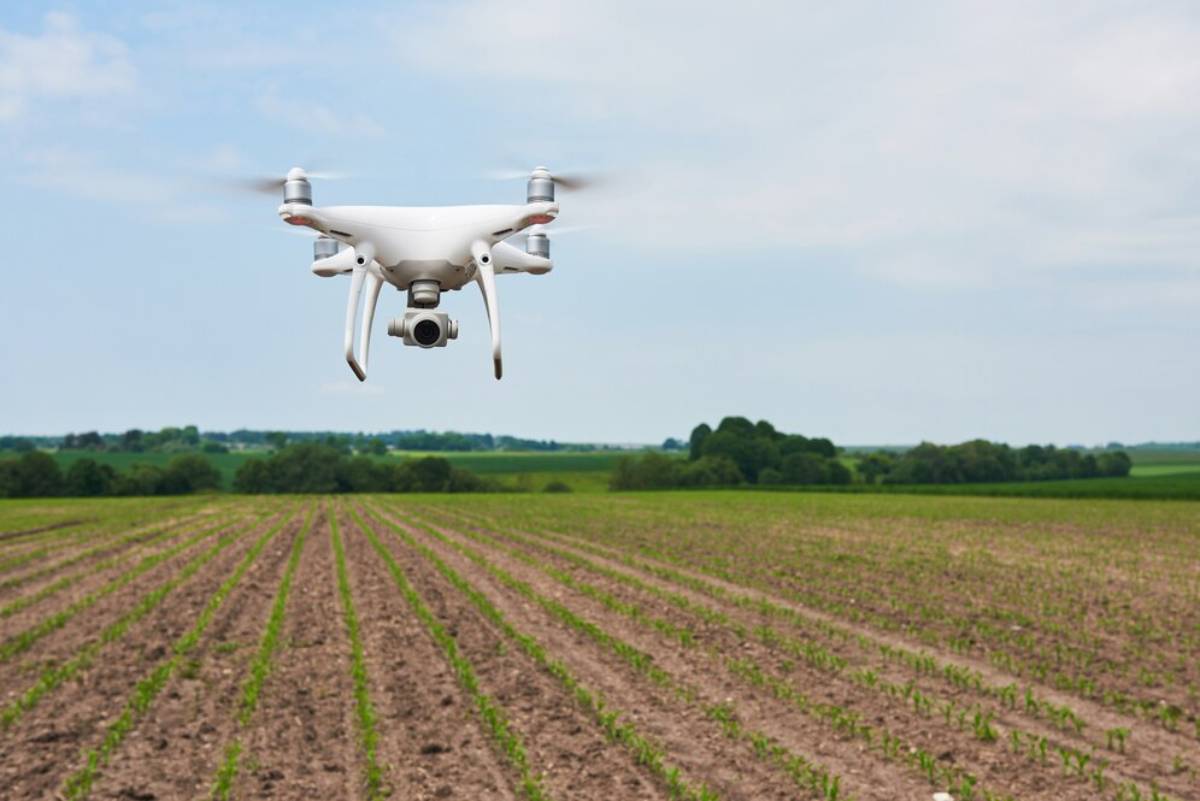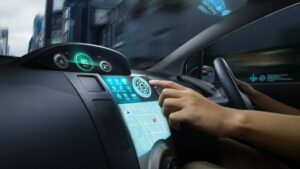The Technology Blog

How AI-Powered Drones Are Changing Disaster Response
When disaster strikes, every second counts. Whether it’s an earthquake, flood, wildfire, or building collapse, quick access to accurate information is critical. Traditionally, emergency teams have relied on human scouts, helicopters, and ground teams to assess damage and locate survivors. These methods, while effective, are often limited by time, accessibility, and risk. That’s where AI-powered drones are making a significant difference.
Equipped with advanced sensors, cameras, and machine learning software, AI drones are reshaping how first responders operate. These smart machines help in dangerous situations. They speed up emergency responses and make them more accurate and efficient. They also support search and rescue missions around the world.
Faster Damage Assessment in Disaster Zones

One of the biggest advantages of AI drones is their ability to quickly scan and map affected areas. After a disaster, roads can be blocked, infrastructure may be damaged, and communication often fails. Sending in human teams under such conditions can be dangerous and slow.
AI-powered drones can fly over these zones within minutes, capturing real-time footage and building detailed maps. Machine learning algorithms can analyse data quickly. They identify collapsed buildings, flooded areas, and structural weaknesses.
These drones don’t just collect visuals—they process and interpret them. This helps emergency crews see where damage is worst. They can find which areas need urgent help without waiting for a manual check.
Enhancing Search and Rescue Missions
Search and rescue (SAR) operations often involve unstable structures and difficult, remote terrain. AI drones make this task faster and safer.
Real-Time Thermal Imaging
Many modern drones have infrared sensors that detect body heat.
This remarkable technology shines brightest under the cloak of darkness. In smoke-filled forests or rubble-strewn zones, visibility takes a backseat.
Pairing thermal imaging with the brilliance of AI, these drones become heroic eyes in the night. They automatically spot human figures and send precise GPS coordinates to rescue teams.
No longer do teams need to wander aimlessly through vast terrains. This innovation saves time while dramatically boosting the chances of survival for those trapped or lost.
Pattern Recognition
AI algorithms are trained to spot unusual patterns—like movement in static areas or shapes resembling human bodies. These patterns can signal potential survivors that might be overlooked by human observers.
Supporting Emergency Logistics and Communication
Disasters often damage communication lines and block access to affected zones. AI drones can serve as temporary links between isolated areas and command centres.
Delivering Supplies
Drones can be used to drop essential supplies like water, food, medicine, or first aid kits to stranded or injured people. This is particularly useful when roads are blocked and helicopters can’t land.
Acting as Mobile Communication Hubs
Some AI drones are equipped to function as temporary mobile towers. They weave a web of emergency communication in the face of disaster. In areas where telecom services have faltered, they create wireless networks. This lifeline empowers rescue teams, medical personnel, and government agencies. Together, they can coordinate their efforts with newfound precision and purpose.
Reducing Risk for Human Responders
First responders brave perilous predicaments daily—navigating debris, flames, and toxic threats. Enter AI drones, the unsung heroes that conduct initial assessments without endangering lives.
Imagine the chaos following a chemical plant explosion. Drones with sensors fly in to check air quality, temperature, and harmful chemicals. This data is priceless, guiding critical safety decisions about hazards and protective gear.
With drones serving as the first eyes in the sky, emergency teams chart safer paths. Together, they minimise injuries and ensure that every life counts.
Improving Response Times and Resource Allocation
AI technology zooms through vast data like a hawk in flight. It analyses drone footage, tracks survivor movements, and predicts support zones in emergencies.
This intelligent processing empowers emergency leaders to deploy personnel like chess pieces. AI insights target urgent hotspots instead of spreading efforts too thin.
Training and Simulations for Better Preparedness
AI drones are not merely tools for crises; they’re our proactive partners. These high-flying allies are redefining disaster preparation and training.
Emergency response teams harness drones to stage vivid disaster simulations. From navigating debris to conducting night-time missions, they mimic real-life challenges. These aerial agents facilitate learning through practice, enhancing coordination and honing strategies. They ensure everyone is primed for action when true emergencies unfold.
Real-World Examples of AI Drone Use
Globally, AI drones have already proven to be game-changers in emergencies:
- Japan: Following earthquakes, these aerial sentinels examine skyscrapers for concealed damage.
- Australia: Amid raging bushfires, drones track flames and pinpoint hotspots for water drops.
- Nepal: Post-2015 earthquake, drones navigated debris to find survivors and deliver supplies.
- United States: In hurricane-stricken areas, drones chart flood levels and assess storm wreckage.
AI drones are not just cool gadgets. They are important heroes in disaster response right now.
Challenges and Limitations
AI drones have great potential, but challenges remain:
- Flight restrictions: Drones can’t always operate in disaster zones due to airspace laws or weather.
- Battery life: Drones usually fly for a short time. They often need recharges or battery swaps on long missions.
- Data privacy and ethics: Drones gather large amounts of data, raising privacy concerns, especially over homes.
- Cost and training: High-end AI drones are costly, and teams require training to use and analyse data well.
As technology improves, many problems are being solved. Better hardware helps, along with improved regulations. Also, emergency teams are gaining more knowledge.
Conclusion: A Smarter, Safer Approach to Disaster Response

AI-powered drones are becoming key tools in emergency response. They help with real-time damage assessments and precise search and rescue missions. These drones offer speed, safety, and smarter decision-making when it matters most.
Climate change and urban growth are raising the number of natural disasters. So, quick and flexible response tools are essential. AI drones not only meet this need but also set new standards for disaster recovery.
With ongoing innovation and responsible use, drone technology will lead humanitarian response efforts. Each year, they help save more lives.









